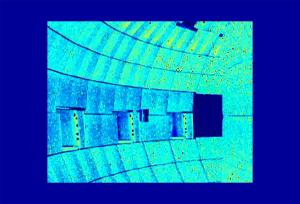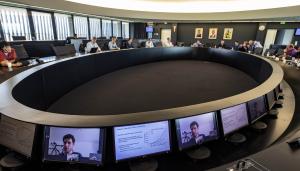Experts meet to improve infrared measurements for ITER
ITER infrared diagnostics feature a labyrinth of optical components, which will transfer the infrared radiation emanating from the plasma-facing components to cameras located many metres away. Due to the involvement of so many optical components, the occurrence of errors in temperature measurements is inevitable. Further complexity comes from light reflections from tokamak metallic surfaces that can generate false hot spots on the camera images. In addition, the interpretation of the infrared data requires knowledge of the surface properties, which can evolve during plasma operation, causing measurement errors. In order to ensure accurate temperature measurements, the infrared diagnostics will be calibrated before their installation, but also periodically during ITER operation.
The workshop addressed pertinent topics such as cross-calibration techniques, calibration standardization, machine learning, the use of in-vessel calibration sources, and the impact of surface material properties on the measurements—invaluable input for the further development of ITER's infrared diagnostics and for increasing the fidelity of the measurements.



